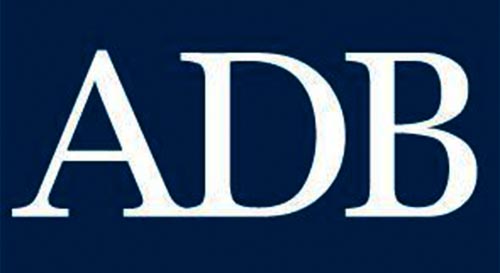Lockdown to shave up to 2pc off GDP: ADB
Kathmandu, April 3
The loss to the country’s economy due to the 15-day nationwide lockdown can range between one and two per cent of the gross domestic product, according to the Asian Development Bank.
Unveiling its Nepal Macroeconomic Update today, Asian Development Bank revised downward its projection for Nepal’s economic growth to 5.3 per cent in fiscal 2019-20 from its earlier forecast of 6.3 per cent, largely due to the novel coronavirus disease (COVID-19).
Loss measured in constant prices
Scenario I
Scenario II
Scenario III
Agriculture
1069.8
1663.7
2733.5
Loss as a percentage of sector GDP
0.4
0.6
1
Industry
1721.4
3552.2
4234.5
Loss as a percentage of sector GDP
1.3
2.6
3.1
Services
5763.9
8640.1
9982
Loss as a percentage of sector GDP
1.2
1.8
2.1
Wholesale and retail trade
1835.1
3145.9
3801.3
Loss as a percentage of sector GDP
0.4
0.7
0.8
Hotel and restaurant
442.8
590.3
664.1
Loss as a percentage of sector GDP
0.09
0.1
0.1
Transport, storage and comunications
450.2
2251
2701.2
Loss as a percentage of sector GDP
0.1
0.5
0.6
Total loss (economy-wide)
8555.1
13856
16950.1
Total loss as a percentage of GDP
1
1.6
2
(Rs million)
Interestingly, while the government had lowered the budget size for the ongoing fiscal by Rs 147 billion in February owing to its failure to boost capital spending, it has not yet made any revision to its growth target of 8.5 per cent and its aim to keep inflation under six per cent this fiscal.
While the Manila-based lender stated that the country’s average annual inflation would inch up to six per cent in fiscal 2019-20, up from 4.6 per cent a year earlier, it acknowledged that the temporary closure of international borders over COVID-19 concerns had already nudged up food prices. “The average annual inflation in fiscal 2019-20 could be higher than the anticipated rate if the situation further worsens due to COVID-19 pandemic.”
In its projection of economic impact of COVID-19 on Nepal, ADB has considered three scenarios.
The first scenario is based on the current situation faced by Nepal and policy measures implemented thereof.
The nationwide lockdown has brought major economic activities to a standstill. Manufacturing industries have closed their operations, with only those producing essential items — medical supplies, food and dairy products — remaining open. Apart from those providing essential services, all other offices have been closed. Domestic and international trade has substantially slowed down.
If this situation normalises soon and the lockdown is removed from April 8, the loss to the economy may be restricted to about one per cent of GDP, states ADB.
The second scenario assumes that the nationwide lockdown will prolong for weeks. While import of essential goods may continue during this period, all other economic activities will be severely affected. Foreign earnings will be hard-hit, domestic production will be badly affected, hundreds of thousands of people living on daily wages may be pushed to further poverty due to prolonged shutdown of the economy and remittance income will substantially fall as out-migration will be totally discontinued.
Under this scenario, the ADB projects the economy will lose about 1.6 per cent of GDP.
The third scenario assumes the further prolongation of the nationwide lockdown for one or two months with the sporadic rise of COVID-19 cases in Nepal. This will put pressure on Nepal’s relatively weak health systems. Under this scenario, the economy will lose about two per cent of GDP, ADB adds.
On a positive note, the ADB report says the economy may rebound to 6.4 per cent in fiscal 2020-21, with the resurgence of economic activities post-COVID. It estimates that inflation will moderate at 5.5 per cent in the next fiscal.
The downside risks to the outlook in fiscal 2020-21 include natural hazards — erratic monsoons and floods — that could depress farm output and damage infrastructure.
Should the capacity deficiencies at the provincial and local levels persist, sub-national spending will remain weak.
Moreover, the pervasiveness of COVID-19 pandemic could paralyse the economy if the disease persists for long. The pandemic will weaken global demand, affecting out-migration for foreign employment and put pressure on Nepal’s external stability, states ADB.
A version of this article appears in e-paper on April 04, 2020 of the Himalayan Times.






